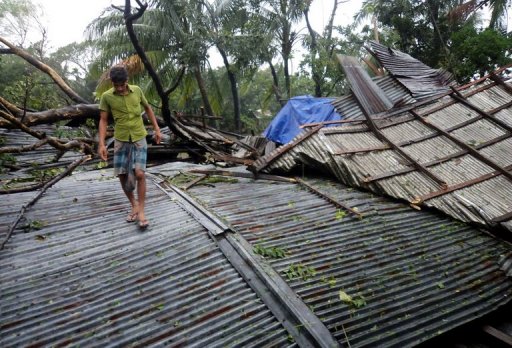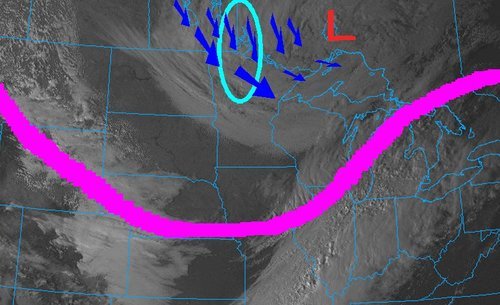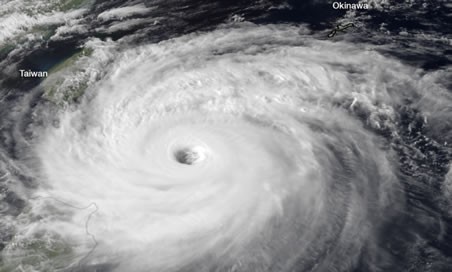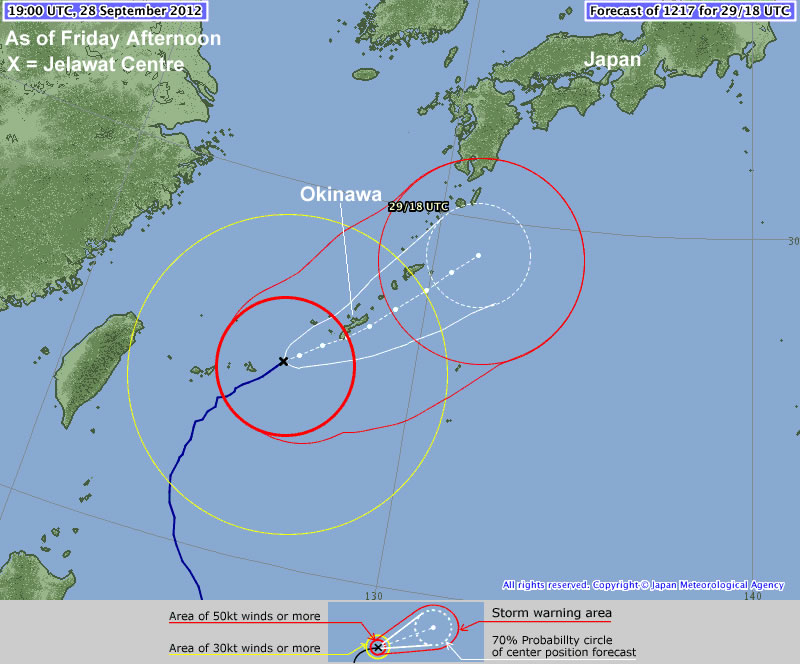Severe Weather Outbreak in Dixie Alley
This past Wednesday evening a severe weather outbreak comprised of severe winds and strong tornadoes occurred in the southern United States, causing damage to rural areas of Northern Mississippi. This was brought on by the same system we experienced over the past couple of days. The polar jet stream along with a strong low level jet overhead and plenty of moisture from the Gulf of Mexico combined to create conditions ripe for tornadoes in Dixie Alley.
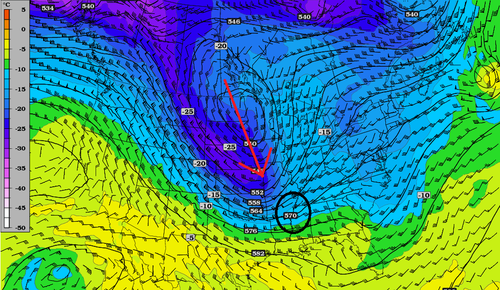
The strongest, a half-mile tornado, rated EF-3 by the National Weather Service, touched down near Jackson Mississippi and caused quite a bit of damage, tearing up large trees and wrecking mobile houses. As the tornado trekked for 26 kilometers, nine people taking cover inside mobile houses were injured but thankfully no fatalities occurred during this event. As the night wore on, more tornadoes touched down in Mississippi and Arkansas, doing damage to rural homes and cutting off power to residents.
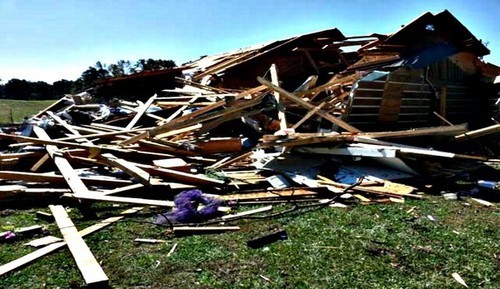
A few colder days will follow the trough this weekend and a return flow will set up, bringing warm and humid weather back to the region. Weather models are showing another large trough will likely develop late next week, bringing the potential for more dynamic weather. Of course, it is not uncommon to have severe weather in the southern US during the spring and fall, when the polar jet is in the vicinity.
Elsewhere in the world the weather has remained relatively calm, except for this unusual tornado in France.
Tornadoes in France are not rare but are not a common sight in October.
